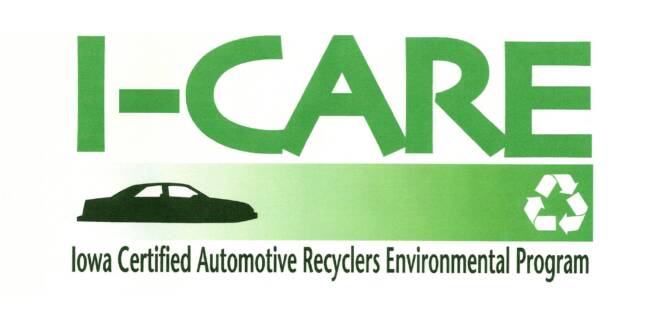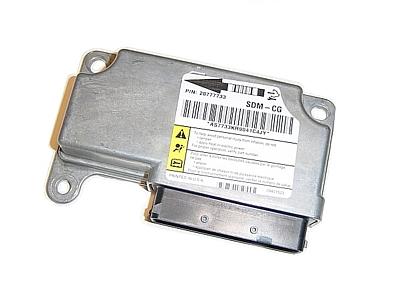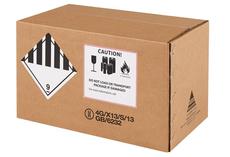MENU
Identify all hazardous waste through appropriate analytical laboratory testing or verify documentation of thorough knowledge as non-hazardous waste.
Identify the applicable EPA hazardous waste generator category and maintain records to ensure compliance with storage limitations, inspection and recordkeeping regulations.
Every business must determine whether its wastes are hazardous or non-hazardous. Proper waste characterization is essential in determining applicable waste handling and disposal options. Automotive salvage yards have many wastes that are potentially hazardous. Some of these wastes are exempt from hazardous waste management to encourage recycling. A determination is not necessary for these wastes, if recycled. Other waste may or may not be hazardous. A demonstration of thorough knowledge (such as information obtained from the MSDS or a recent study) or an analytical laboratory test can make that determination.
The United States Environmental Protection Agency (EPA) establishes and enforces hazardous waste regulations in Iowa. To implement an effective waste management program, the facility must determine if its wastes are hazardous or non-hazardous. Wastes are defined as hazardous by specific EPA listing or by demonstrating one or more of the following characteristics:
Ignitability - A waste is considered an ignitable hazardous waste if it has a flash point less than 140 degrees Fahrenheit. Examples of ignitable hazardous waste include liquids such as mineral spirits or naphtha. Material Safety Data Sheets (MSDS) may be used as a reference in obtaining flash point information on a waste. Ignitable hazardous wastes have the EPA hazardous waste number D001.
Corrosivity - A waste is considered hazardous because of its ability to corrode if it has a pH less than or equal to 2 or greater than or equal to 12.5. MSDS may be reviewed to obtain information regarding a waste’s ability to corrode. Corrosive hazardous wastes have the EPA hazardous waste number D002.
Reactivity - A waste is considered hazardous because of its ability to react with another substance or if the waste is unstable under normal conditions. This includes wastes that react violently with water; explode or generate toxic gases, vapors or fumes when mixed with water or air; or are capable of detonation or exploding. Information regarding the reactivity or stability ranking of a waste may be obtained from MSDS. Reactive wastes have the EPA hazardous waste number D003.
Toxicity - A waste is considered hazardous because of toxicity if it contains one or more of specific contaminants at concentration levels equal to or greater than the corresponding regulatory thresholds. Toxicity is determined by a specific laboratory analytical procedure identified as Toxicity Characteristic Leaching Procedure (TCLP). A waste that exhibits the characteristic of toxicity has an EPA hazardous waste number that corresponds to the specific TCLP contaminant(s) that cause it to be hazardous.
A representative sample of potentially hazardous automotive wastes should be tested for the following TCLP parameters to make an accurate hazardous/non-hazardous waste determination:
If the TCLP test results (of the representative sample) show concentrations less than the regulatory level for each parameter, then the potentially hazardous automotive waste is non-hazardous.
If TCLP results indicate the waste meets or exceeds one or more of the TCLP regulatory levels, the waste must be managed as hazardous waste. This would include storage in sealed, labeled containers and disposal by an EPA-permitted hazardous waste management company.
ENVIRO COMPLIANCE





